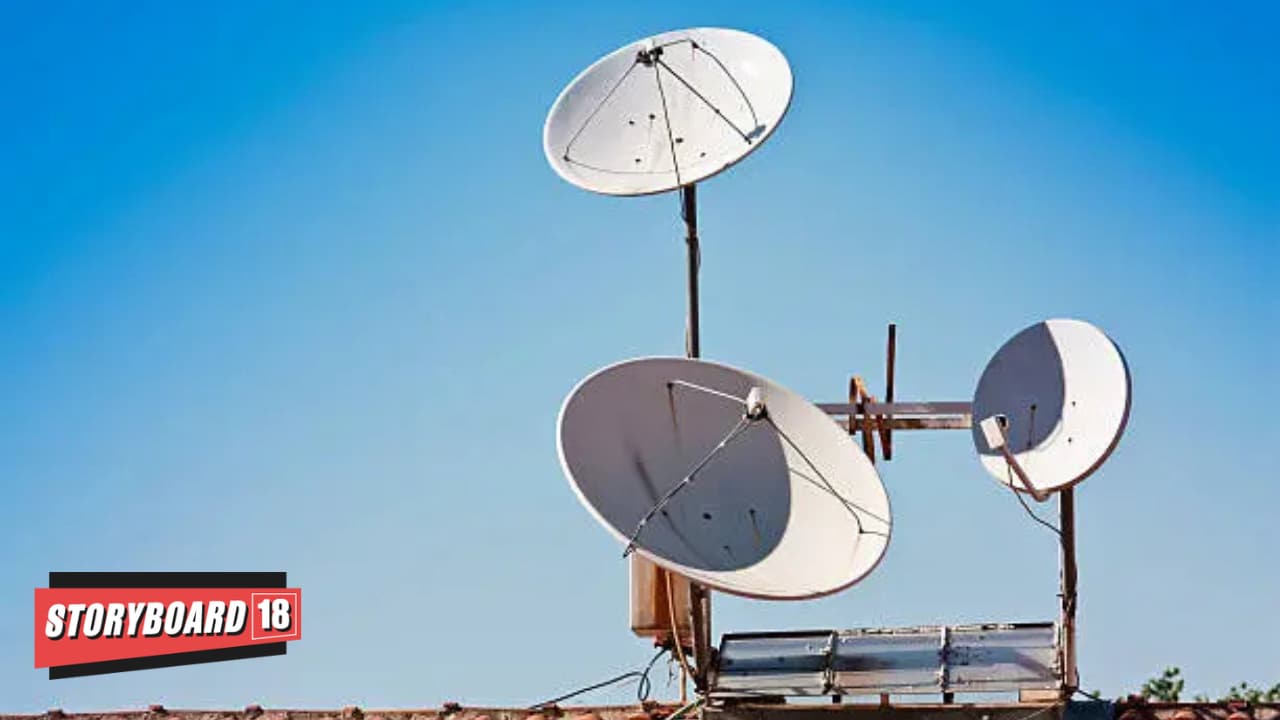India’s pay TV subscriber base and local cable operators (LCOs) are feeling the pressure of competition from OTT platforms. Cord-cutting has led to 93% of them reporting reduced take-home income since 2018. Additionally, a 31% loss of employment has been reported by LCOs since 2018, as highlighted in the latest FICCI-EY report. In 2018, there were 120,557 employees, and the same was reduced to only 82,722 in 2024. Also, 93% of the LCO respondents reported that their monthly take-home income had reduced since 2018.
“With Pay TV and LCOs facing significant downward pressure, there is a need for the entire TV industry to get together and reinvest in better content, re-activating the 20 million de-active set-top boxes, and working with the government to ensure there are affordable packs made available for smaller towns and less affluent areas,” a senior media executive told Storyboard18.
LCOs play a crucial role in directly engaging with last-mile consumers. They understand customer needs, preferences, package choices, viewing habits, and payment methods better than anyone else, say industry executives. In fact, they serve as the true heartbeat of the industry, as their direct interaction with consumers surpasses that of MSOs (Multiple System Operators) or broadcasters.
However, every business model has a lifecycle, and as it nears its end, reinvention becomes necessary. With the rise of OTT platforms and free-to-air set-top boxes, LCOs have an opportunity to reinvent themselves, points out Kailash Adhikari of Sri Adhikari Brothers Network (SAB).
For example, OTT services and free-to-air networks require an internet connection — at least for OTT — which aligns with the increasing presence of wired broadband in households. Since many MSOs now offer broadband alongside DTH services, LCOs can transition from selling traditional TV services to providing bundled solutions, helping them stay relevant and restore employment opportunities.
“By offering end-to-end services, LCOs can eliminate the need for households to visit hardware stores to purchase set-top boxes. Instead, they can deliver and set up the entire system for customers. The key is to explore additional service offerings within the evolving media landscape, ” he explains.
Moreover, there needs to be a cultural shift in India where consumers pay for premium content they consume. A balanced approach—where some content is behind a paywall and some remains free—is essential. Unlike the West, where subscription-based models dominate, India thrives on a freemium structure. Striking the right balance will be crucial in ensuring a sustainable media ecosystem.
Pay TV households, which accounted for over 128 million households pre-pandemic in 2019, reduced to 96 million in 2024 and are expected to decrease to 89 million households in 2025, the FICCI-EY report added.
The report pointed out that while TV reach has been increasing, it is led by free-to-air and ‘cord nevers’. 38 million households with FTA in 2019 increased to 69 million in 2024 and is expected to touch 73 million in 2025. Meanwhile, ‘cord nevers’ from 12 million households in 2024 are expected to reach 18 million households.
While the overall revenue from TV subscriptions is expected to decrease to Rs 320 billion in 2025 from Rs 345 billion in 2024 and Rs 408 billion in 2019, the revenues from advertising are expected to recover in 2025. The revenues from advertising stood at Rs 278 billion in 2019, which got decreased to Rs 266 billion in 2024 and is expected to touch Rs 288 billion this year.
At the same time, the CTV ad revenue- considered the major culprit behind the decline of Pay TV- is expected to increase to Rs 39 billion in 2025 of the overall TV ad revenue, from Rs 24 billion in 2024.
Industry executives tell Storyboard18 that in 2025, the Pay TV degrowth trend might continue, but at a slower pace, as rural and semi-urban areas still value traditional TV for its affordability and reliability.
Pay TV retains strong relevance in India, especially in non-metro regions, due to cultural habits and bundled affordability. Factors like sports viewership, regional channels, and family-driven consumption patterns will support its resilience. But the decline in pay TV signals a shift in consumer preferences toward flexibility and on-demand content.
Although, a consultant advises, “…only by introducing hybrid models and value-added services Pay TV could retain a portion of its audience while addressing the changing preferences of Indian viewers.”
